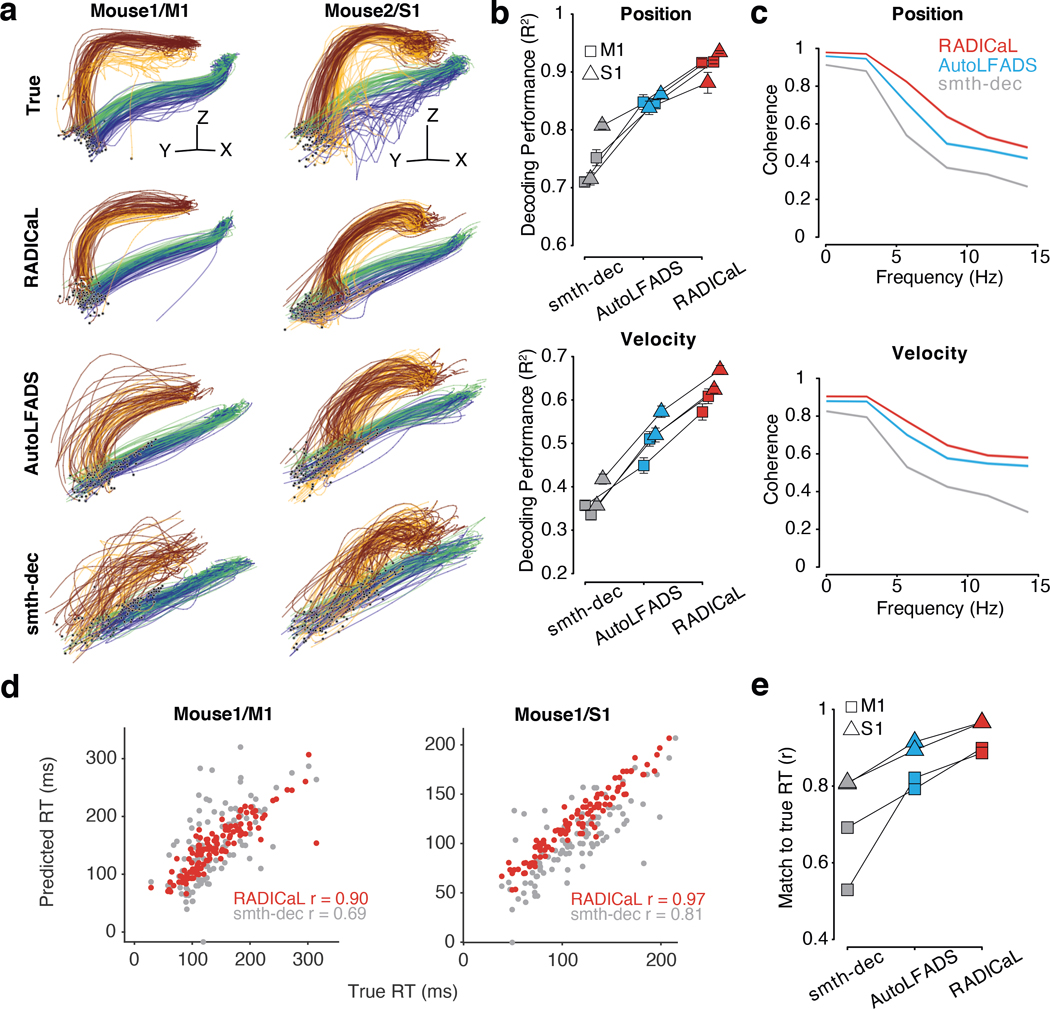Figure 5 |. RADICaL improves prediction of behavior.
(a) Decoding hand kinematics using ridge regression. Each column shows an example mouse/area. Row 1: true hand position trajectories, colored by subgroups. Rows 2–4: predicted hand positions using ridge regression applied to the event rates inferred by RADICaL or AutoLFADS, or smth-dec rates (Gaussian kernel: 40 ms s.d.). Hand positions from additional experiments are shown in Extended Data Fig. 7. (b) Decoding accuracy was quantified by measuring variance explained (R2) between the true and decoded position (top) and velocity (bottom) across all trials across each of the 4 datasets (2 mice for M1, denoted by squares, and 2 mice for S1, denoted by triangles), for all 3 techniques. Error bar indicates the s.e.m. across 5 folds of test trials. (c) Quality of reconstructing the kinematics across frequencies was quantified by measuring coherence between the true and decoded position (top) and velocity (bottom) for individual trials across all 4 datasets, for all 3 techniques. (d) Predicting single-trial reaction times using RADICaL or smth-dec rates. Each dot represents an individual trial, color-coded by event rate inference method. Correlation coefficient r was computed between the true and predicted reaction times. Prediction of single-trial reaction times from additional experiments are shown in Extended Data Fig. 8. (e) Performance of predicting single-trial reaction times across each of the 4 datasets (2 mice for M1, denoted by squares, and 2 mice for S1, denoted by triangles), for all 3 techniques.

